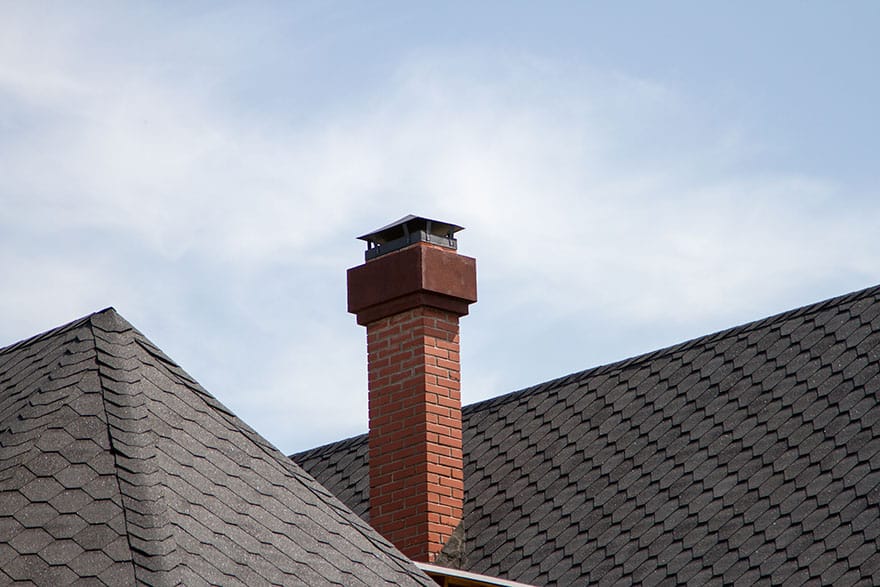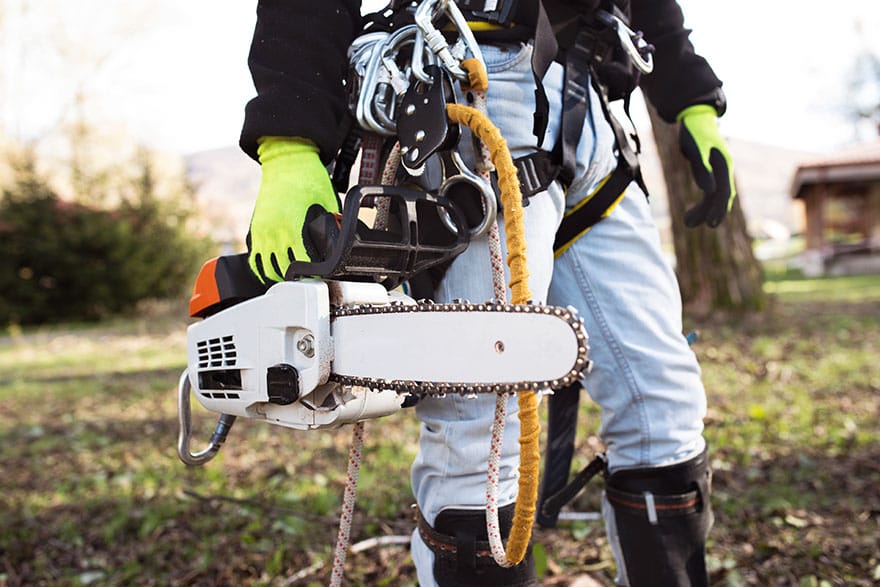A warm and cozy room with a fireplace running sounds like a dream. But, have you ever wondered what a chimney does to keep the warm and cozy air in and the smoke out? Well, this is all the work of a chimney damper. Don’t know what it is? It’s an important part of a chimney and must be inspected during a chimney inspection. Here’s a guide to chimney dampers.
Chimney Damper
Who would’ve thought that burning fires inside the house would make them cozy? It’s a hazard, but there are ways by which things can stay in control and one of those things is a chimney damper.
A chimney damper is essentially a flap or closure, present at the top of the chimney flue. It helps to regulate the flow of air inside the chimney. If you know anything about fires, you would understand the mechanism of air and fire combining to give rise to even stronger and hot fire. It’s essentially chemistry. To regulate the fire and prevent it from getting out of control, a damper is used to control the airflow inside the fireplace.
A chimney damper is also used to prevent the cold air from getting into the chimney, especially when the fireplace is inoperable. It is a nifty device that has changed the way chimneys were first used.
What Are Chimney Dampers Made Out Of?
A chimney damper may look like a flap or opening of sorts that can be opened or closed, but if it’s something that’s in direct contact with the fire or the hot smoke, at least, then it needs to be made out of something that’s fire resistant.
Chimney dampers are made out of materials that can endure high temperatures and there are a couple of materials out of which a durable and effective damper can be made. These include:
- Stainless steel
- Aluminum
- Cast iron
- Ceramic
Whatever material the chimney damper is made out of, the surrounding silicon seal is the game changer of the entire assembly. It allows the chimney to be sealed and prevents the outside air from invading the chimney, and ultimately, the fireplace.
The most common materials used to make chimney dampers are cast iron and stainless steel, as they’re reasonable in price and get the job done effectively too. However, cast aluminum has also been recently used to make dampers and the results have been promising. Fair warning, aluminum chimney dampers will be insanely expensive as aluminum is already a material that is not commonly used. Dampers are also made out of ceramic materials, but they do tend to crack and chip, especially if something strikes them with too much force. And just like other parts of the chimney, a chimney damper must be cleaned as well. It’s difficult to clean and some services don’t properly clean it. So, you must hire chimney cleaning services Bowie who don’t cut corners.
Types Of Chimney Dampers
If you thought that chimney dampers are pretty generic and there are no variations in them, then you couldn’t be more wrong. Here are some different types:
Throat Damper
A throat damper is probably the most common type of damper found in chimneys. They were used in olden times, but that doesn’t mean that this vintage damper isn’t just as popular as it was before.
It essentially consists of a flap that’s present on top of the chimney flue and it can be opened or closed by using either a cast iron or steel lever or handle. The handle is pretty generic in appearance and it has been modified to ensure that it’s long-lasting and that it doesn’t break.
Rotary Damper
The rotary damper has a handle that’s similar to either a thick screw or a key. It’s pretty easy to turn and stop movement, because of the threads that keep the flap open. It can be turned anticlockwise to open the flap and clockwise to close the flap.
It’s also more sturdy than a general handle, so you don’t have to worry about the flap closing suddenly, because the threads will keep everything locked and in place.
Poker Damper
A poker damper also consists of a metal flap, but the main difference is the appearance of the handle. It is slightly curved like a “V” and it has teeth on either side of the handle body. This allows the handle to be stuck in place if you don’t wish to open or close the metal flap fully, which is quite convenient.
It’s also really easy to open and close in general and that added grip from the teeth makes it a better option. This damper is also known as a vestal damper.
Pivot Damper
Also known as the big sister of a poker damper, a pivot damper is more advanced in functionality. It’s shaped just like the poker damper, but the handle has different notches to set it to different heights at all times.
Even though the poker damper also has teeth that hold the flap in place, it’s only temporary and you need to set the handle back in the original position, otherwise it might break. However, that’s not the case with pivot dampers and you can leave the flap open by adjusting the notch for as long as you want.
Top-Seal Damper
This is the newest version of a chimney damper and it supersedes every single type, because of how convenient it is. It is essentially a black handle that has a spring attachment on it. There is a steel cable that goes all the way from the handle, to the spring mechanism of the top-seal damper that allows easy opening and closing of the damper.
It is also known as a top-mounted damper or chimney cap damper. The older version of a top-mounted damper consisted of a long chain that was essentially a handle, but the design has come a long way since then. It can also keep animals and birds from entering the chimney.
When To Open & Close The Damper
Chimney dampers can be lifesavers, especially during the winter months during which the fireplace is lit almost 24/7. It’s crucial to understand the importance of opening and closing the damper, to get the most efficiency out of your fireplace, without wasting anything or putting yourself in danger.
We all know that a fireplace produces smoke, and if you don’t want your room to be drowned in smoke, then you might want to slightly open the damper so that the smoke can find its way out of the fireplace chute and eject into the open air.
You might be wondering: What if the cold air comes in while I’m ejecting the smoke out? That normally doesn’t happen and the smoke, when it’s going out the flap, acts as a barrier to keep the air out. It is as simple as the balance of forces. However, when the fireplace is fully extinguished and you want to call it a night, make sure to close the flap all the way, because if you don’t, then cold air can creep into the room through the opening, along with small animals, birds, and critters and you don’t want that.
Conclusion
Most people have chimneys in their homes, but some may not know about what is a chimney damper and how it works. If you are replacing the damper or rebuilding the chimney, all chimney contractors Upper Marlboro recommend a top-seal damper because it’s easier to open and also easier to clean.


